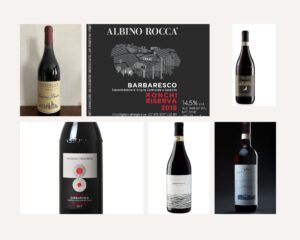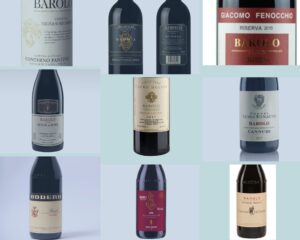The National Committee of PDO and PGI Wines approved Friday’s session, Wednesday, May 12th, the proposal for the Disciplinary of the new DOCG “Canelli”, starting a regulatory process which, ending within the year, will make the first official harvest possible. of white Moscato for “Canelli” in 2022. DOCG, or “Denominazione di Origine Controllata e Garantita” is Italy’s highest appellation level.
Although reports indicate little will change in terms of wine style – with the new region likely to maintain the production of sweet, white, aromatic bubbles – the new Canelli DOCG will likely soon sport a “Riserva” title, a qualification specifically prohibited under the Asti production guidelines.
The region is comprised of 18 parishes around Canelli, 25km south of Asti and 70km southeast of Turin.
Currently, there are over forty producers within the Asti DOCG appellation that claim their Moscato d’Asti DOCG as the Canelli sub-area, which amounts to half a million bottles. Lorenzo Barbero, president of the Asti Spumante and Moscato d’Asti Docg Consortium comments on the news as follows: “The new Denomination certainly represents a further opportunity for qualitative growth for producers in a historic area such as Canelli”.
“Twenty years after the birth of the Association, Canelli’s centuries-old winemaking tradition will finally have its definitive recognition” says Flavio Scagliola, member of the board of the Canelli Producers Association and Vice President of the Asti Spumante and Moscato Consortium d’Asti Docg.
#canelliproducers #canellidocg #canelli #italianwine #italianwinelover #italy #wine #instawine #winenews #DOCG

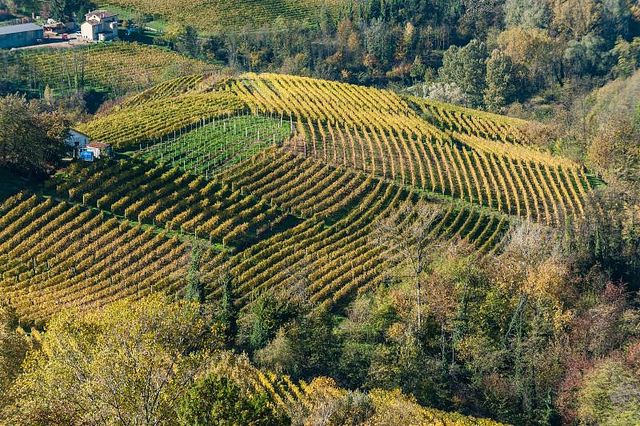
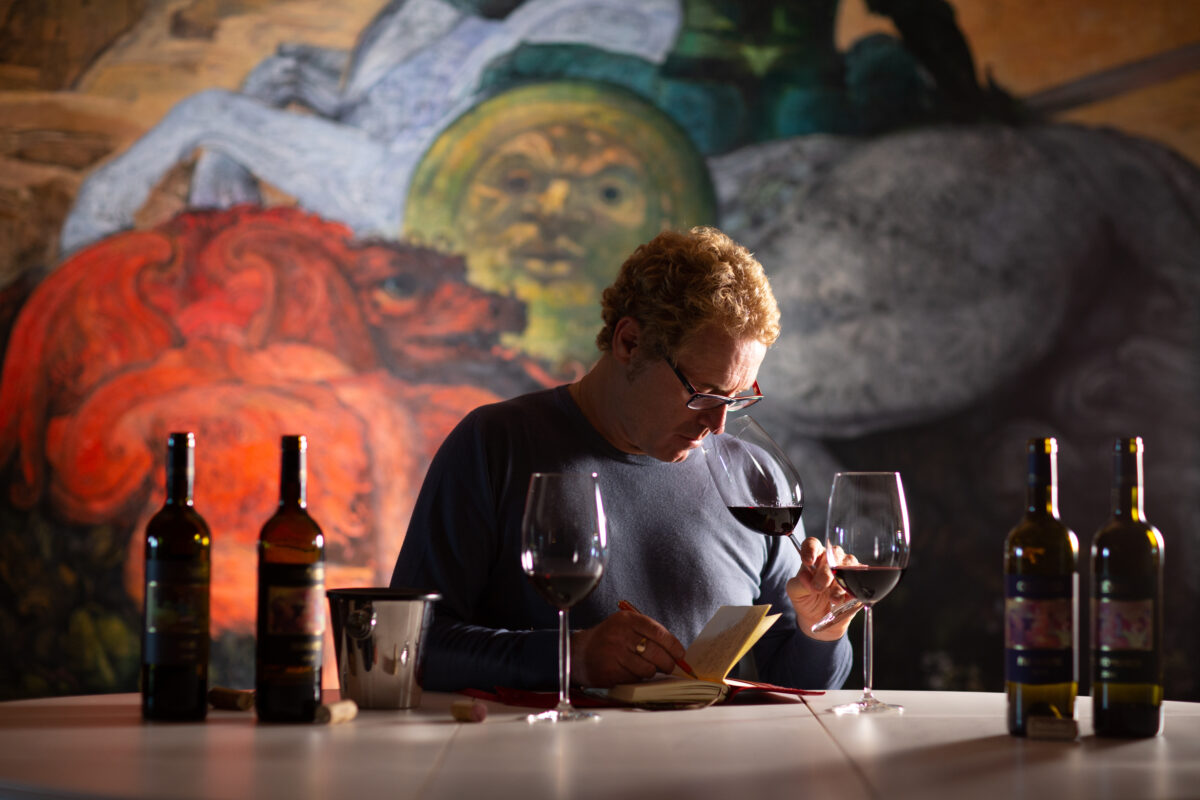
![JeT 2020 Wine Launch [Castello Di Montepo]](https://www.liz-palmer.com/wp-content/uploads/2021/05/page0-2.jpg)
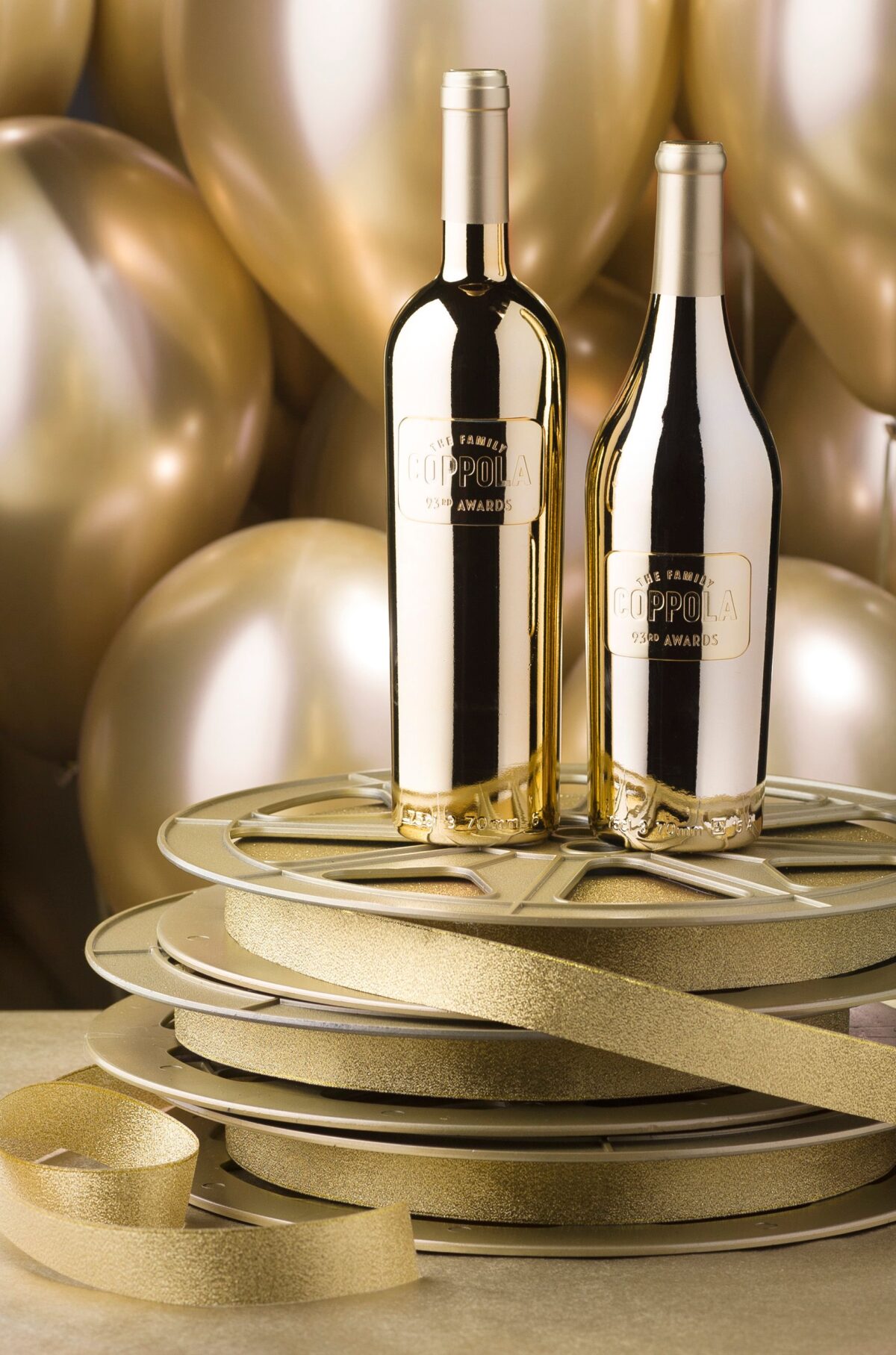

![Nebbiolo, a milestone for exploring the magnificent wines of Barolo, Barbaresco and Roero wine destinations [Part 2] – Filippo Magnani](https://www.liz-palmer.com/wp-content/uploads/2021/04/Photo-1-vineyards-1200x480.jpeg)
